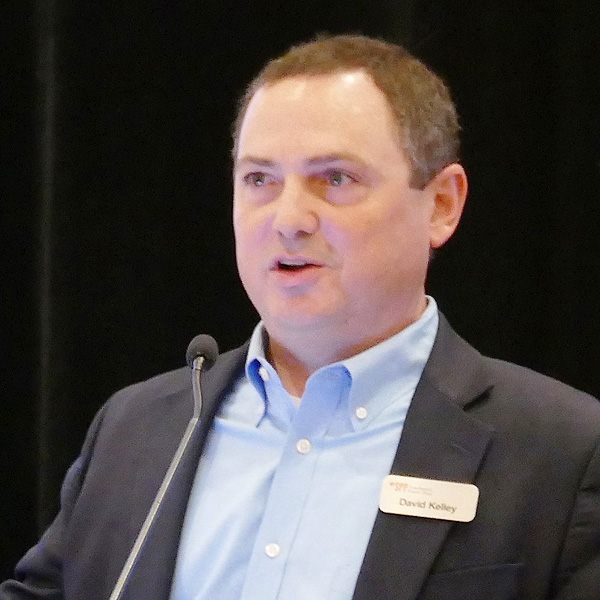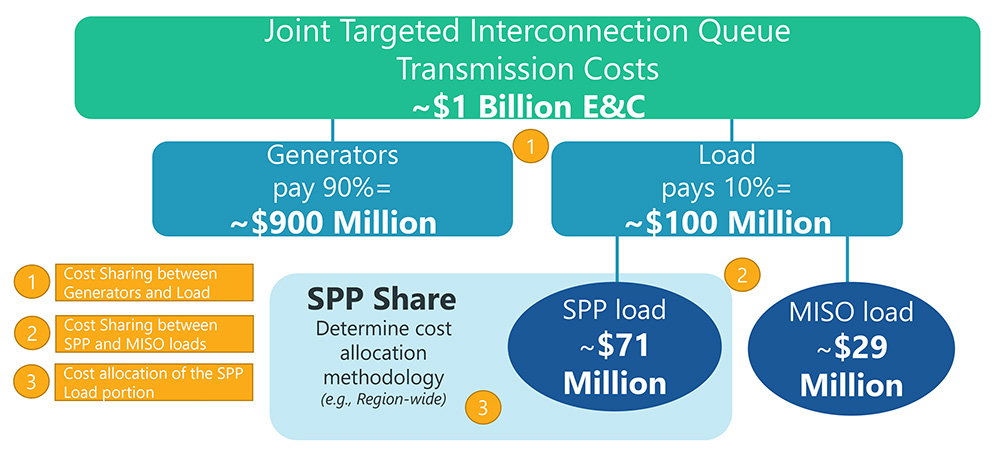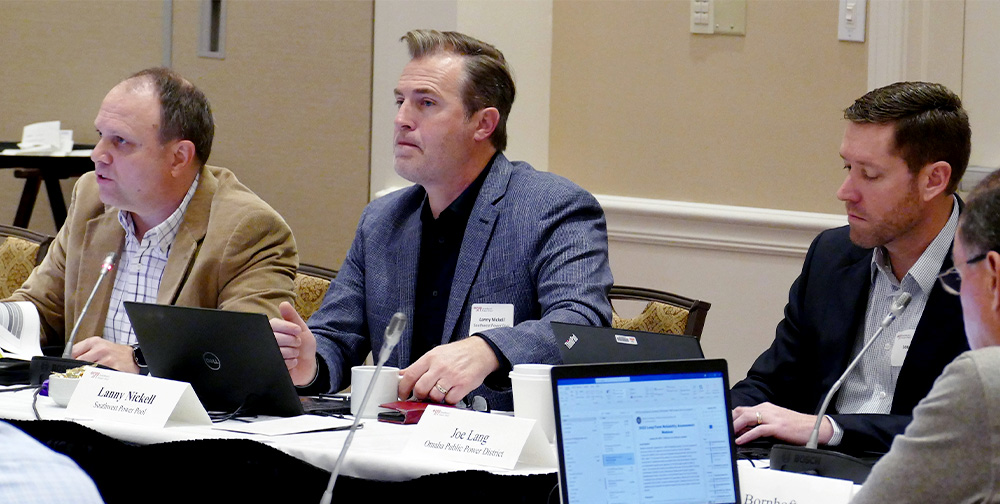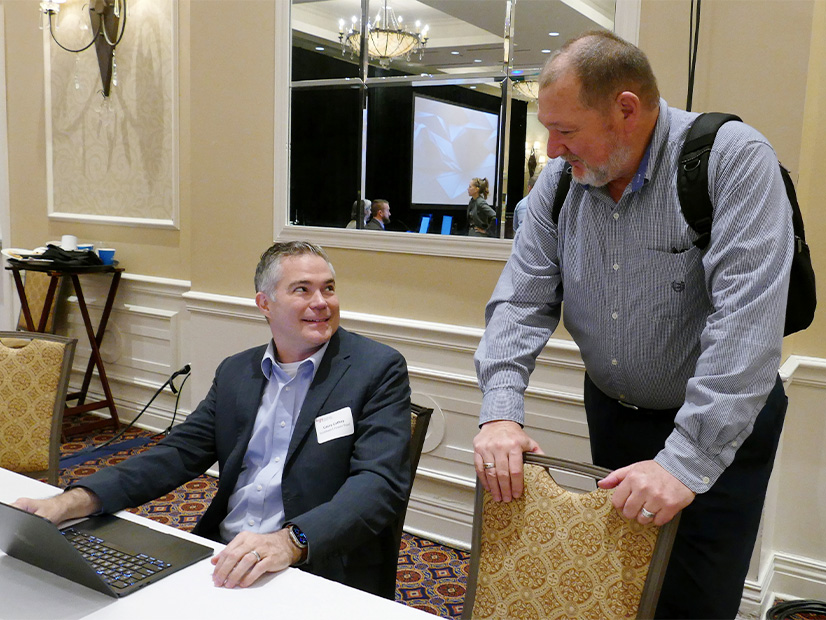WASHINGTON, D.C. — In 2022, sales of electric vehicles, including plug-in hybrid models, accounted for close to 6% of U.S. new car sales, according to figures from Kelly Blue Book, which means 94% of new cars hitting the road last year were running on gas-powered, internal combustion engines.
The Washington, D.C., Auto Show, now underway at the city’s Walter E. Washington Convention Center, puts these uneven statistics into perspective: The vast majority of shiny, sleek new models that automakers are promoting here are ICEs.
EVs are on the floor, but by no means the main attraction, and much confusion and uncertainty remain about how fast automakers will be able to adjust or build out their supply chains for new EV models and which EVs will and won’t meet the Inflation Reduction Act’s U.S.-made content requirements.
“I think, over time, you will actually — even in the short term — see automakers moving quite quickly to make adjustments” to their supply chains, said Michael Berube, deputy assistant secretary for sustainable transportation at the Department of Energy. “Some of the new [U.S. content] requirements phase in over time; they don’t all hit on Day One, to allow automakers time to do it.”
Berube was one of a list of government and industry officials speaking at the auto show’s Public Policy Day on Thursday, where the focus was on the apparent collision between President Joe Biden’s ambitious goals for transportation decarbonization, the complicated provisions of the IRA’s EV tax credits, and market and economic realities.
The IRA’s requirements that 40% of critical minerals in EV batteries be sourced in the U.S. or from a country with which the U.S. has a vaguely defined “free-trade agreement” have become a particular flash point for European automakers, said Stavros Lambrinidis, the European Union’s ambassador to the U.S.
The EU supports the “IRA’s ambitions,” Lambrinidis said, during a panel on U.S. competitiveness. But Europe is “very concerned with some of these provisions that discriminate against European cars and other provisions that deal with critical minerals. …
“At the end of the day, if we’re going to be reaching our climate goals, we need to have consumers being able to select the cars they prefer from all the available options among countries that compete fairly in trading,” he said. “And if we cut that off, what you have is probably cars that cost more … so we basically undermine our capacity to meet our climate goals.”
The IRA’s domestic content provisions have also become a bump in the road for consumers, who are confused about which EVs will meet the requirements and qualify for a full $7,500 credit for a new car or $4,000 credit for a used car. EVs that don’t meet the provisions could only qualify for a partial credit — $3,750 for new cars and $2,000 for used vehicles.
EV tax credits are also tied to a vehicle’s manufacturer’s suggested retail price (MSRP) and a buyer’s income level, and right now, everyone is waiting on the Internal Revenue Service, which has delayed the release of guidelines on domestic content until March. (See Treasury Delays Key Rules for IRA’s EV Tax Credits.)
A single person buying an EV can earn no more than $150,000 per year to qualify for the tax credits, and the EV they buy cannot cost more than $55,000 for a sedan or $80,000 for an SUV.
Omar Vargas, vice president and head of global public policy at General Motors, called on the IRS and other regulators implementing the EV tax credits to “think like a business and put the customer first.” Consumers are seeing conflicting information on window stickers on EVs at dealerships and information on the IRS website, Vargas said.
IRS and other regulatory guidelines should be aligned with the federally mandated information on window stickers, he said. The details there cover where the different parts of the car were manufactured and assembled and what percentage of content was sourced in the U.S. or Canada.
Alex Laska, senior policy advisor for Third Way, a “center-left” policy think tank, said the IRS will need “to strike a balance between making sure we’re respecting the letter of the law absolutely, but also making sure that implementation is done in a way that sets us up for success in the long run.”
But Berube defended the domestic content and other provisions of the EV tax credits, even if certain models may not qualify in the near-term. Looking ahead five years, he said, “We will look back at this moment and, I think, everyone will see the wisdom in the structure of that tax credit. … This isn’t a short-term move. We are fundamentally changing the entire automotive platform; powertrain is the heart and soul of the cars. That tax credit is really going to help with that longer move.”
On the Show Floor
Biden wants 50% of all new light-duty vehicles — passenger cars and pickup trucks — sold in the U.S. to be electric by 2030, and he has also ordered conversion of the federal fleet of 640,000 vehicles to electric, with EVs accounting for 100% of new vehicle acquisitions by 2027.
As laid out in the National Blueprint for Transportation Decarbonization released earlier this month, the president’s EV future also includes a national network of 500,000 EV chargers, paid for, in part, with $7.5 billion in federal funds from the Infrastructure Investment and Jobs Act. (See Biden Admin Releases Blueprint for Transportation Decarbonization.)
But based on the EVs and plug-in hybrids on display at the D.C. Auto Show, the industry is preparing for a gradual transition. Rolling out electric and plug-in hybrid SUVs and pickups seems to be the top priority for many automakers, both domestic and foreign. The MSRPs for these vehicles trend toward the low $40,000s and up.
Luxury brands, such as Lamborghini and Bentley, have hybrid models, but both companies unveiled high-end gas-powered SUVs in D.C.: the Lamborghini 2023 Urus, with a $230,000 price tag, and the Bentley Bentyaga, with a minimum price of $167,000. The Bentyaga is available in hybrid and ICE models.
 With a price tag under $30,000, the compact electric Chevy Bolt has been a success for General Motors, which sold more than 38,000 of the model last year. | © RTO Insider LLC
With a price tag under $30,000, the compact electric Chevy Bolt has been a success for General Motors, which sold more than 38,000 of the model last year. | © RTO Insider LLCLamborghini is not planning to release a full-electric vehicle until 2028, according to a recent report from electrek, an online publication tracking vehicle electrification in the U.S. Bentley is promising a full electric fleet by 2030, with its first EV planned for 2026, as reported in Automotive News.
On the fun side, Hyundai promoted its popular Ioniq 5 crossover electric SUV with a mini-speed track laid out on the convention center floor. Attendees could ride along with drivers obviously well-trained in showing off the car’s quick acceleration on a short straightaway and cool performance on a couple of hairpin turns.
Toyota’s big reveal at the show was its redesigned fourth-generation Prius Prime, a plug-in hybrid, with the company mentioning its bZ4X electric SUV, released last year, only in passing. While Toyota is planning a full line of bZ (beyond Zero) models, it is marketing its hybrids and plug-in hybrids as all part of its “electrified fleet.”
Jason Keller, Toyota’s director for dealer policy, claimed that the minerals used for a battery in one EV could produce six plug-in hybrid vehicles or 90 hybrids.
“Our approach is to provide a comprehensive portfolio of carbon-reducing powertrains so that no customer is left behind,” Keller told the Policy Day audience. “So, it is not simply focused on how many vehicles of a certain technology we can put on the road, but rather how we can reduce carbon the quickest.”
Out on the convention center floor, Andre L. Welch, director of government relations at Ford Motors, said the company has “bold, ambitious goals” for leading the industry transition to EVs, pointing to a fire-engine red model of its electric F-150 Lightning pickup. But, he said, “We’re not starving our ICE business. We love our ICE vehicles.”
A couple hydrogen fuel cell vehicles were on display, such as the Hyundai Nexo, a fuel cell SUV. But Berube doesn’t see these cars as successfully competing with battery electric vehicles in the light-duty class, given the falling price of batteries.
Rather, he said, long-haul trucking will be “the sweet spot where we see hydrogen playing a huge role in helping to decarbonize transportation. … When you need to move those really long distances, really heavy weights, the refueling time for the amount of energy you need becomes a huge factor. With hydrogen you can refuel quickly.”
Waiting for Guidelines
The wait for federal guidelines is affecting the rollout of both the IRA tax credits and federally funded EV chargers, under the $5 billion National Electric Vehicle Initiative (NEVI) program, authorized in the Infrastructure Investment and Job Act.
While still working on the domestic content guidelines, the IRS has an online list of EVs and plug-in hybrids it says are qualified for a $7,500 tax credit. Popular U.S. brands — including the F-150 Lightning, Chevy Bolt and Tesla’s Model 3 and Model Y — are on the list. But, the IRS says, many foreign automakers have “entered into a written agreement with us to become a ‘qualified manufacturer’ but [haven’t] yet submitted a list of specific makes and models that are eligible.”
The IRS has provided an opening for foreign models that are leased by individuals. In a recent fact sheet, the agency identifies leased vehicles as eligible for the commercial EV tax credit, which is not subject to the domestic content requirements of the IRA.
EU Ambassador Lambrinidis welcomed the leased vehicle provisions but warned that with both the EU and the U.S. putting billions into transportation decarbonization, “the biggest mistake that governments can do is to get into a subsidy war. …
“That’s a danger because the IRA, the way it’s structured, in a sense is endangering investment in Europe. It is sucking away investment potential, especially at a time of very high energy prices,” he said. “Nothing could be worse for the strength of the U.S. economy and U.S. companies than a weak European economy.”
 Many automakers are entering the EV market with compact electric SUVs, like the Subaru Solterra, on display at the D.C. Auto Show. | © RTO Insider LLC
Many automakers are entering the EV market with compact electric SUVs, like the Subaru Solterra, on display at the D.C. Auto Show. | © RTO Insider LLCRather than subsidy wars, Lambrinidis called on the U.S. and EU to look “at our markets as a unified supply chain.”
The issue also created tension at the recent meeting of the World Economic Forum in Davos, Switzerland, where European government officials labeled the domestic content provisions in the IRA as discriminatory and protectionist, according to The New York Times.
Officials also called for a European version of the IRA, with subsidies to support the expansion of clean energy technologies and supply chains. Outside the official meetings, “the phrase ‘trade war’ came up more than once,” the Times reported.
The installation of federally funded chargers is also moving slowly. Gabe Klein, executive director of the Joint Office of Energy and Transportation, which oversees the NEVI program, reported that states are holding off issuing requests for proposals for their first chargers until the upcoming release of final technical guidelines. While all 50 states, Puerto Rico and D.C. have submitted plans and received their first formula-based NEVI allocations, only a few have opened their application processes, Klein said,
Ohio, for example, opened bidding for NEVI funds in October, and Pennsylvania announced its NEVI funding opportunity on Jan. 6.
The IIJA also includes $2.5 billion for “discretionary” grants to states, cities and local organizations to install chargers in underserved and remote areas. The application process for those funds should be announced in the next few weeks, Klein said.
The draft guidelines for the NEVI funds, issued in June, set requirements for all chargers to be 150-kW DC fast chargers, but Klein appeared to signal that the discretionary funding could be used for Level 2 chargers.
“You’re probably looking at definitely some [DC] fast chargers, but you’re going to have a lot of Level 2 chargers” from the discretionary funds, Klein said, “Level 2 chargers are much easier to procure. They are very available; they’re much less expensive, and they’re easier to install and easier for utilities to deal with because there is less draw on the grid.”
While charger installation should start this year, Klein does not expect to see “a lot of chargers going out” until 2024 and 2025.
Transition not Seen Before
The incremental pace of the transition is affecting White House goals for converting the federal fleet to electric, according to Crystal Philcox, assistant commissioner for travel, transportation and logistics at the General Services Administration. “We want more and more and more electric models,” she said. “We have more demand than we can fill.”
The agency leases about 227,000 vehicles and is the main source of new vehicles, totaling about 216,000, across other agencies, Philcox told NetZero Insider during an interview between sessions at the Policy Day forum.
“We would normally replace 40,000 to 45,000 on a year, out of that [total],” she said. “Last year we just got really lucky to even be able to replace just under 35,000.
“We could replace vehicles in the fleet more quickly, and we would love to have access to more electric vehicles because we are really the primary way that the federal government is electrifying the federal fleet,” she said.
The U.S. Postal Service, which has another 220,000 vehicles, has also committed to working toward all new vehicle purchases being electric by 2026.
Building out a charging network for the fleet will also require ensuring the software systems involved have the appropriate security certifications, Philcox said.
Charging stations are networked through the cloud “and so we just want to make sure that the data that’s going through is secure, especially for our [Department of Defense] customers and our intelligence community customers,” she said.
Getting new chargers installed will also require “site surveys” — more than 200 planned for this year — “in different locations around the country to make sure that the electric grid is sufficient to support” the chargers, she said.
Developing the workforce to build EVs and install and maintain chargers is another challenge affecting federal, state and corporate stakeholders. But analyses of jobs lost, for example, when a fossil fuel plant closes, and jobs gained in clean tech are often “static” and miss the mark, said Betsey Stevenson, professor of public policy and economics at the University of Michigan.
“It’s like, ‘Oh, we’re not going to get this task and this task and this task anymore, so that job will be lost,’” Stevenson said. “But historically, jobs are rarely lost. What happens is tasks within a job evolve, and jobs evolve.”
At the same time, “a lot of the new jobs are going to be capital intensive and therefore involve more skills,” she said. Workers will need training, and a key challenge will be convincing workers that transitioning to new jobs is possible and positive, she said.
“How do we let people know that, when this is a transition to something they haven’t seen before,” Stevenson said. “We’re going to need some prodding. We’re going to need government, we’re going to need auto manufacturers to be pushing behind people and saying, ‘Trust us. Build the skills; the work will come.’”
Addressing a nationally recognized shortage of electricians, Stevenson called for a shift in the way training for these jobs is framed and designed. “Everyone wants their kid to go do a four-year degree,” she said. “But the truth is electricians today actually need a wider set of skills, and maybe we should think about four-year degrees that teach you how to run your own business, because these electricians … they’re running their own business, they need business skills, they need to learn economics. …
“Let’s stop thinking about this as something for only people who don’t want to go to college but thinking about this as a way to build a career,” she said.











